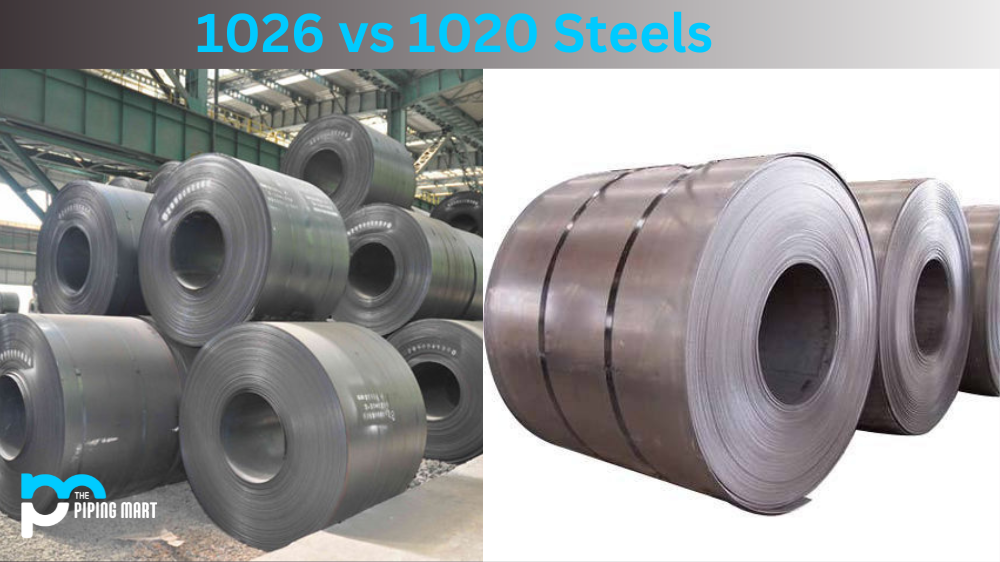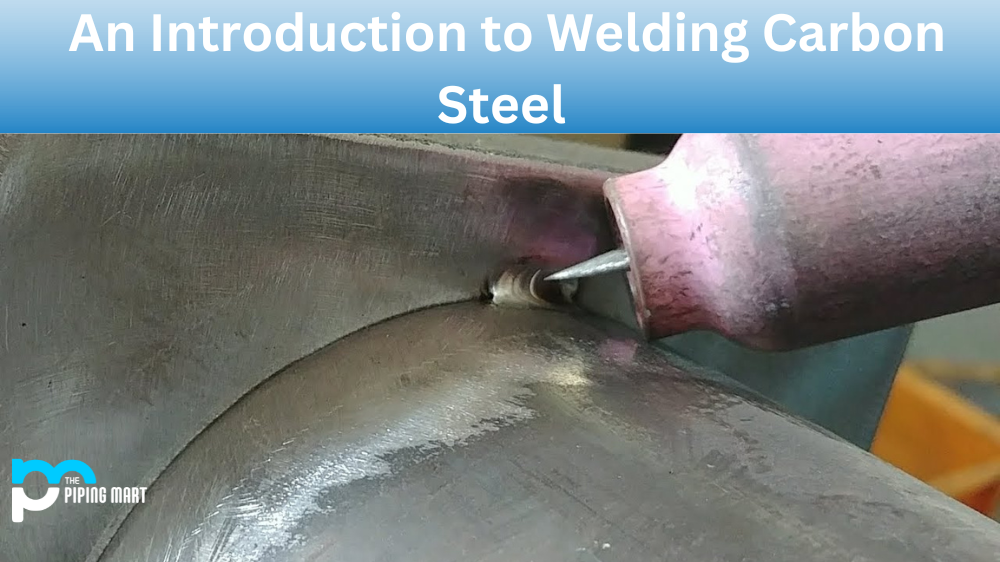As a manufacturer, choosing the correct steel for your products is crucial. Steel is an incredibly versatile material with many different types, each with its own properties and characteristics. Two popular steel types often used in manufacturing are 1026 and 1020. In this blog post, we’ll closely examine these two steels and their similarities and differences.
Difference Between 1026 and 1020 Sheets of Steel
Chemical Composition
One of the primary differences between 1020 and 1026 steel is their chemical composition. 1020 steel contains 0.18% carbon and 0.4% manganese, while 1026 includes 0.22% carbon and 0.6% manganese. This means that 1026 has slightly higher carbon and manganese content than 1020, resulting in higher strength and hardness.
Machinability
Both 1020 and 1026 steels have good machinability, which means they can be easily cut, shaped, and drilled. However, 1020 steel is considered to have slightly better machinability than 1026 due to its lower carbon content. Therefore, 1020 steel is often used for parts that require high-precision machining.
Weldability
Both 1020 and 1026 steels have good weldability, which means they can be readily welded without cracking or breaking. However, 1026 steel has slightly better weldability than 1020 due to its higher carbon and manganese content. Therefore, 1026 steel is often used for parts that require higher strength and durability.
Applications
1020 steel is often used to manufacture parts that require high-precision machining, such as bushings, pins, and couplings. It is also commonly used to manufacture structural and automotive components due to its high machinability and good weldability. On the other hand, 1026 steel is often used to manufacture hydraulic cylinders and other heavy-duty machinery parts due to its high strength and durability.
Cost
Finally, the cost of 1020 and 1026 steel can vary depending on various factors, including availability, grade, and quantity. 1020 steel is slightly more affordable than 1026 steel due to its lower carbon and manganese content.
Conclusion
Now that we’ve looked closer at the similarities and differences between 1020 and 1026 sheets of steel, you should better understand which steel suits your manufacturing needs. Remember, whether you choose 1020 or 1026 steel, both are versatile materials with excellent machinability and weldability. The decision ultimately comes down to what your specific product needs are. If you need steel that can handle heavy-duty machinery, 1026 is the right choice. But if you need high-precision machining capabilities, 1020 is the way to go. Always consult with a steel supplier to ensure you’re purchasing the correct type of steel for your product.

A passionate metal industry expert and blogger. With over 5 years of experience in the field, Palak brings a wealth of knowledge and insight to her writing. Whether discussing the latest trends in the metal industry or sharing tips, she is dedicated to helping others succeed in the metal industry.




